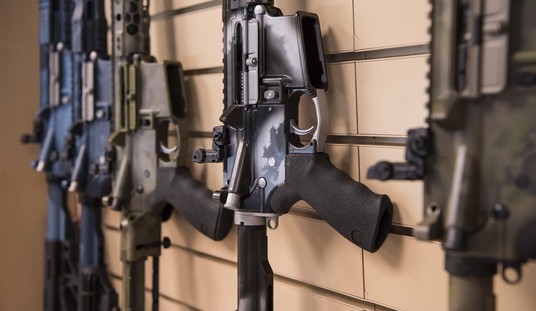When the US entered WWII, submachine guns were in short supply and high demand. Much of the production of Thompson guns was being purchased by the UK, and what guns were available to the US military went first to the Army. In accordance with long tradition, the Marine Corps were secondary to the Army in receiving new weapons. However, the formation of a Marine paratroop unit in particular necessitated the Corps finding some sort of suitable submachine gun.
What was available at the time were Eugene Reising’s M50 and M55 guns, being manufactured by Harrington & Richardson. The guns were chambered for the standard .45ACP cartridge and used a delayed blowback action which allowed them to be significantly lighter than the Thompson. The M50 had a full-length traditional stock, while the M55 used a pistol grip and wire folding stock. Mechanically, the two variants were identical. The M55, which is what we have today, would up being specifically issued to tank crews and paratroops, where its compactness was a significant advantage.
The Reising developed a quite bad reputation in the Pacific for a couple reasons. Its parts were not always interchangeable between guns (a deliberate choice to speed up manufacture, which troops were not necessarily aware of), its mechanism was more susceptible to fouling than other military small arms, and its disassembly procedure was far too complex for military service. However, these issues did not prevent it from being quite successful and well-liked as a law enforcement weapon in civilian police use after the war. Thanks to that negative wartime reputation, Reisings are some of the least expensive military machine guns available on the market today in the US.
Reising M55 Submachine Gun

Advertisement







Join the conversation as a VIP Member